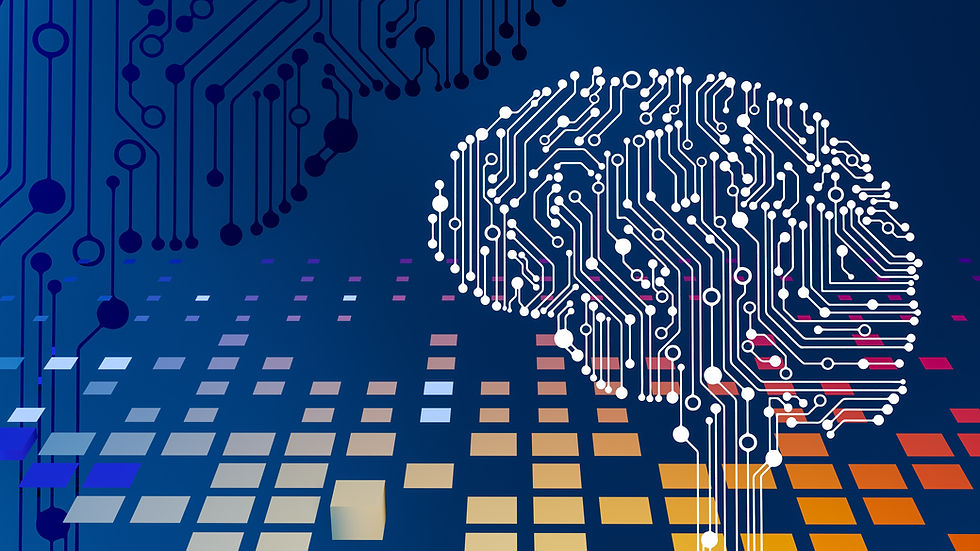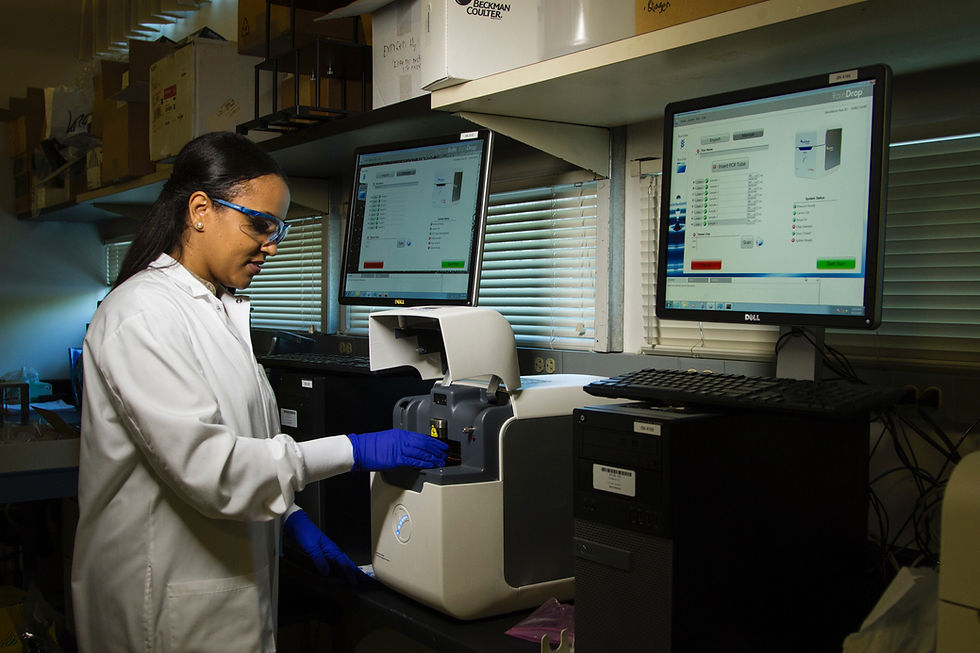The Evolution and Future of Data Centers
- info058715
- Oct 6, 2024
- 3 min read
Updated: Jan 1
In the digital age, data centers are the backbone of our connected world, housing the critical infrastructure that supports everything from social media to e-commerce. Understanding the evolution of data centers helps us appreciate their current role and foresee future advancements.
The Early Days: A Physical Space
Data centers began as simple server rooms. In the 1960s and 70s, organizations housed mainframe computers in climate-controlled environments. These early systems were massive, expensive, and required specialized knowledge to operate. The focus was primarily on physical space and power management. As technology progressed, the introduction of personal computers in the 1980s and 90s meant that organizations had to adapt their data storage and processing capabilities to keep pace with growing demand.
The Rise of Virtualization
The early 2000s marked a significant turning point with the advent of virtualization technology. This innovation allowed multiple virtual servers to run on a single physical machine, significantly improving efficiency and resource utilization. Data centers transitioned from being purely hardware-focused to more software-driven environments. Companies began to recognize the advantages of consolidating their servers, leading to reduced physical footprints, lower energy consumption, and simplified management.
The Cloud Revolution
The cloud computing era, which gained momentum in the late 2000s, transformed the data center landscape even further. Major tech giants like Amazon, Microsoft, and Google began to offer cloud services, enabling businesses to rent computing resources instead of maintaining their own data centers. This shift democratized access to advanced computing power, allowing startups and small businesses to leverage the same capabilities as larger enterprises.
Cloud providers built massive, distributed data centers to meet the demand for scalability and redundancy. These facilities are designed with efficiency in mind, employing advanced cooling techniques and energy management systems to minimize their carbon footprint.
Sustainability and Edge Computing
As awareness of environmental issues has grown, so too has the focus on sustainability within the data center industry. Organizations are increasingly prioritizing energy efficiency and renewable energy sources. Innovations such as liquid cooling and AI-driven management systems are being implemented to optimize energy use and reduce waste.
Another significant trend is the rise of edge computing, which decentralizes data processing by placing computing resources closer to where the data is generated. This shift addresses latency issues and improves response times, particularly for applications like IoT (Internet of Things) and autonomous vehicles. Edge data centers are smaller, often modular facilities that can be deployed quickly, offering localized processing power without the need for extensive infrastructure.
The Future: AI and Quantum Computing
Looking ahead, the future of data centers will likely be shaped by two major trends: artificial intelligence and quantum computing. AI technologies are already being integrated into data center operations to enhance efficiency, predictive maintenance, and resource allocation. By leveraging machine learning algorithms, data centers can optimize their performance in real time, ensuring maximum uptime and reliability.
Quantum computing, while still in its infancy, holds immense potential for data centers. Its ability to process vast amounts of data simultaneously could revolutionize fields such as cryptography, drug discovery, and complex system simulations. As quantum technology matures, it will challenge traditional computing paradigms and require new infrastructure designs.
Conclusion
Data centers have come a long way from their humble beginnings as mainframe rooms. As we look to the future, we can expect them to evolve further in response to technological advancements, environmental considerations, and the ever-growing demand for data processing.
The next generation of data centers will not only be more efficient but also smarter and more adaptable, playing a crucial role in shaping our digital future. As we embrace these changes, the potential for innovation remains limitless.





Commentaires